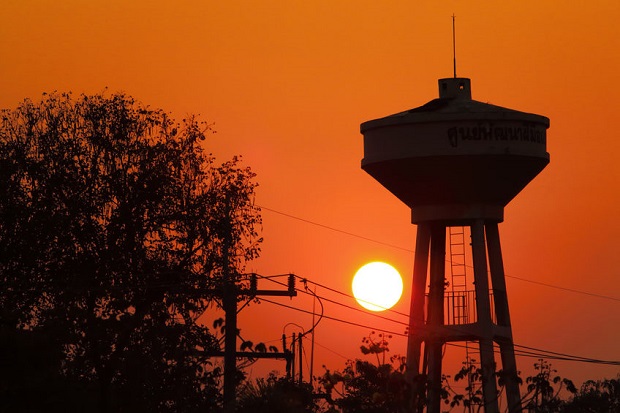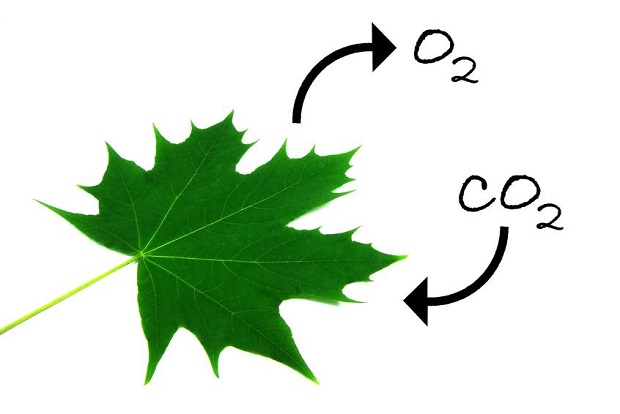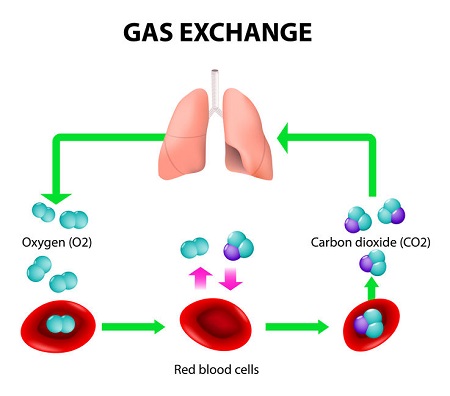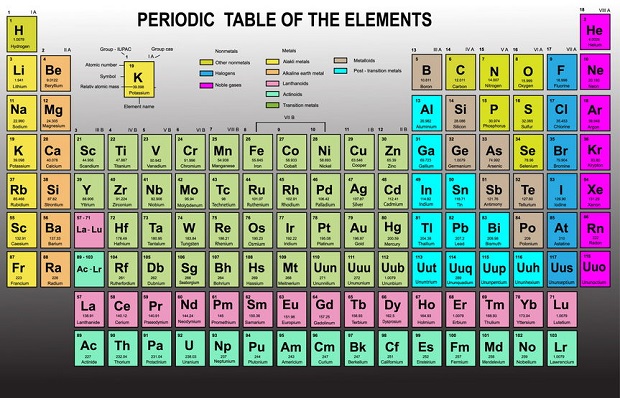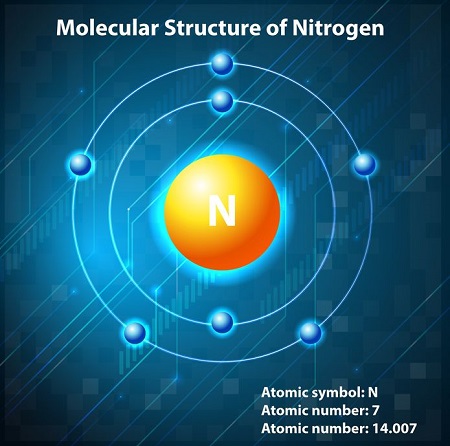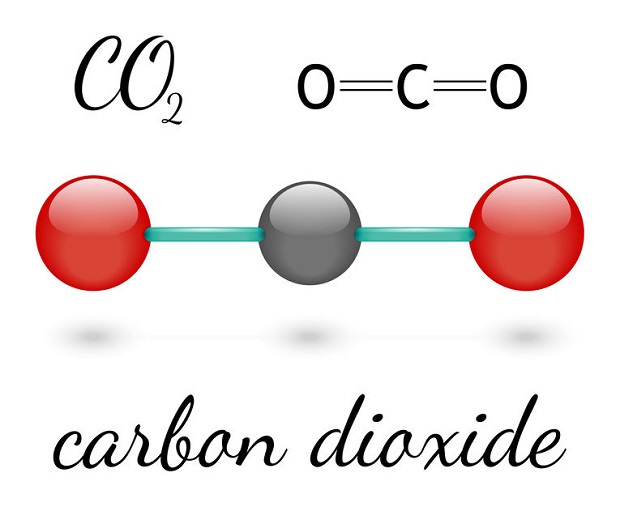
What Is the Purpose of a Water Tower? The purpose of a water tower is to store and distribute water. Though a water tower stores water, its primary function is to pressurize stored water for distribution. A water tower consists of a water tank that is elevated high enough to create pressure to distribute water through a system of pipes. Its purpose is to distribute potable (drinking) water and store non-potable water for emergency fire protection and industrial uses.
Where Does the Water Come From?
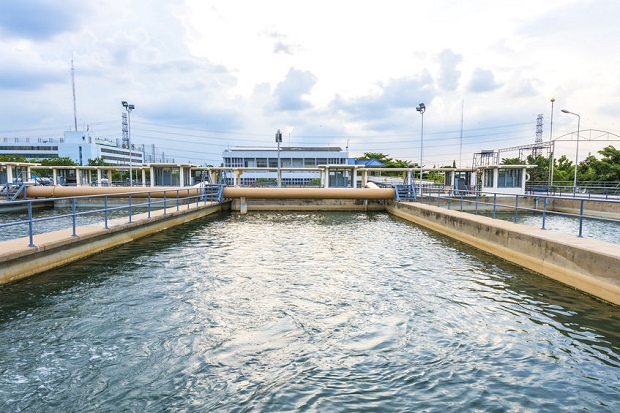
The water tower is an integral part of many municipalities’ water systems. Water is first treated at a water treatment plant and then sent out on demand when called for. For example, for those homes linked to a public water supply flushing the toilet or running, the dishwasher will call for water from the supply. Water that is not called for will collect in a water tower for safe storage and later use. This typically occurs during low usage times, like late at night while people are sleeping.
Water Towers to the Rescue
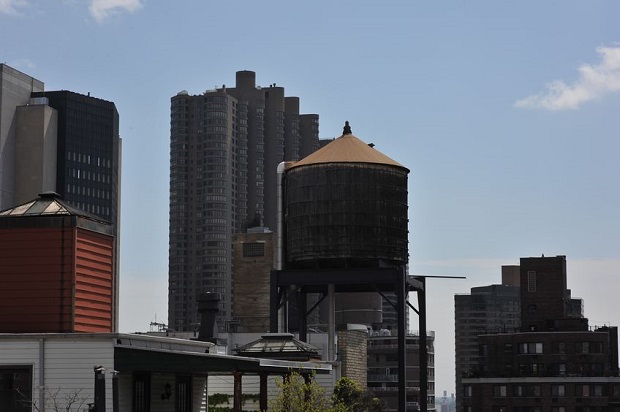
Water towers are essential for backup water during peak water usage periods. They are also key to providing water during power outages when the water treatment plant pumps are offline. Because water towers send out water through potential energy, no power is necessary.
Water Towers Help to Reduce Usage Costs
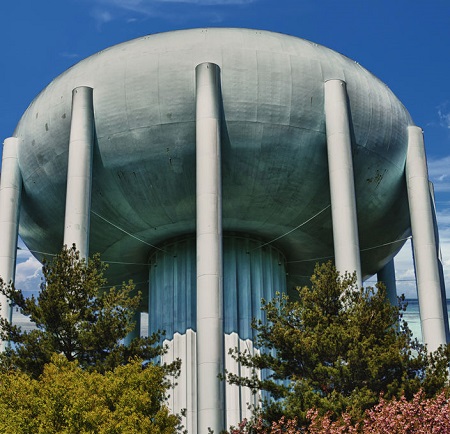
Water towers can reduce water distribution costs by providing backup water during peak usage hours, decreasing the number of pumping stations needed near the tower. The water tank is then refilled during off-peak hours when costs are lower.
Resources “What Is the Purpose of a Water Tower”
- Bhardwaj, Vipin. Reservoirs, Towers, and Tanks Drinking Water Storage Facilities. Wiley, 2005.
- Live Science – How Do Water Towers Work?
- Henderson Water Utility – Why Do We Have Water Towers?
- Sophisticated Edge – How Does a Water Tower Work?
